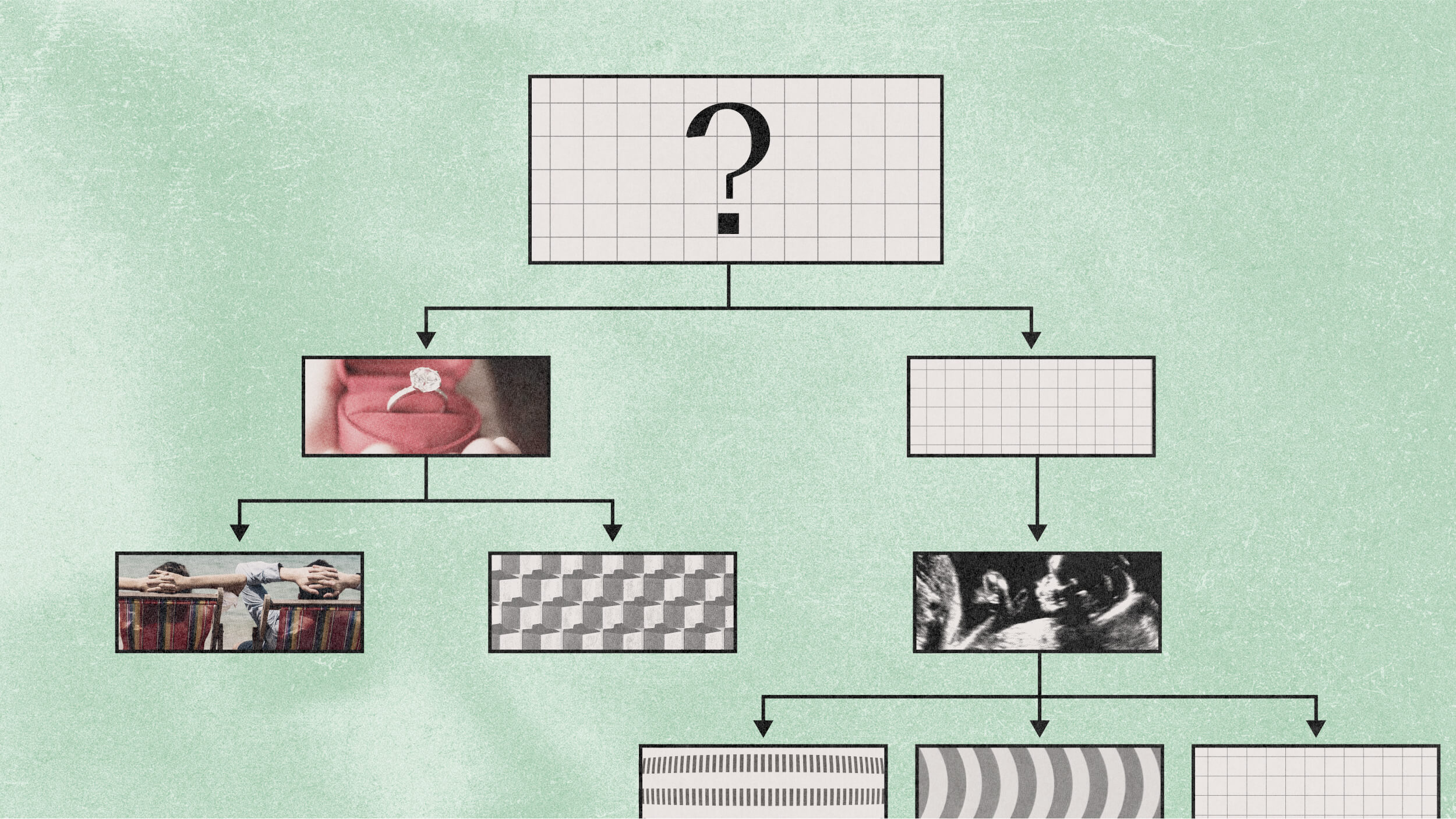The neuroscience professor explains that parents are more cautious with daughters than sons, but females are technically easier to rear.
Question: How similar are opposite sex twins?
rnLise Eliot: Yeah, so I do talk a lot in the book about opposite sex twins because they have been a favorite research subject for people interested in the role of prenatal testosterone. We definitely know from other animals, and most of the work’s been done on rats and mice, that females who gestate next to males – These other species have large litters of eight or ten pups and researchers can actually compare a female that grows up next to two males versus a female that grows up next to two females and so on. And you can almost do a dose response of the amount of prenatal testosterone exposure because that’s what’s crossing from one fetus to the next. And it’s effects on certain features of behavior, particularly sexual behavior, when they hit at puberty.
rnAnd you do see slight masculinization of females exposed to more testosterone and vice versa. So people have looked really closely at human opposite sex twins. And there’s a couple of hints that physiologically girls with male twins are slightly masculinized. And some of the best data comes from studies of the ear. We have these funny little sounds called auto acoustic emissions that our ears actually emit in response to an incoming sound. This is actually the basis of newborn hearing tests. So across the country now, almost all babies are screened at birth for hearing loss using these auto acoustic emissions. They can put a little sensitive earphone in there and hear whether the ear is putting out the right amount of sound. Well, girls have larger auto acoustic emissions than boys. Adult women have larger auto acoustic emissions than adult men. It has no relevance to our hearing ability but it’s a reliable sex difference.
rnAnd so, I think it’s a couple of studies of opposite sex twins have found that girls with male twins have smaller auto acoustic emissions and are more boy like. There’s that. There’s a finding about the size of the teeth in girls with male twins are a little bit larger. What’s interesting to me is that behaviorally, when it comes to some of this toy choice that seems to be so importantly shaped by biological influences, girls with male twins are every bit as feminine as girls with girl twins. Similarly, when it comes to things like sexual orientation or even, you know, age of menstruation and hormonal things that you think might be shaped by prenatal testosterone, there are no fertility differences between women with males twins and not. So the consensus at the moment is that probably humans are not – Don’t share as much testosterone from one twin to the next as other animals do. But there may be something going on there and if it is, it just proves that culture and learning and rearing can potently override whatever little bit of testosterone exposure these girls get.
rnQuestion: Is it more difficult to raise a boy or a girl?
rnLise Eliot: Well, again since my kids are getting older I think my experience lives up to the folklore that boys are harder when they’re younger and girls are harder when they’re older. Sorry, honey. Please don’t watch this. Certainly boys’ higher activity level is a challenge. And their climbing things, boys are certainly more likely to get into accidents and end up with stitches and broken bones because they’re more physically active and they’re bigger risk takers. And I think there is an innate component to that. I think there’s pretty good evidence that girls are more fearful than boys. But on top of that, there’s studies that have shown, both on the playground and in a laboratory situation, that parents are more cautious with daughters than sons. And they will permit the risk taking in boys more than girls.
rnSo it kind of – That’s the case where our parenting sort of reinforces this small difference. So, yes I did find – Well you know, I have two boys and they’re quite different actually. One of them, I won’t say which one, was a little more challenging in the earlier years although they’re both just angels now. And then, you know, I think the issues for girls at puberty are very challenging. In our culture and most cultures, they’re hit with the whole appearance and body image thing in a way that boys are not. So when you hit puberty and you start putting on weight, that’s fine if you’re a guy. In fact, that’s good as you get bigger and stronger and taller. It sort of gains status and increases your self esteem. For girls, we know in this anorexic ideal culture, it’s very challenging for girls.
rnAnd it turns out, I talk about depression in the book because this is one of the bigger clinical sex differences. Up to puberty, boys and girls are about equally vulnerable to depression, but after puberty and throughout adulthood, women are about twice as vulnerable to major depression. You might think, it must be the hormones. You know, puberty, estrogen and progesterone start cycling but the evidence there is not very good that estrogen levels are responsible for mood disorders. In fact, stronger correlation comes from one’s body image and self esteem. So self esteem is very much shaped by body image and low body image is one of the biggest risk factors for girls in depression and obviously anorexia and bulimia. So the cultural impact at puberty is still harder on girls.





